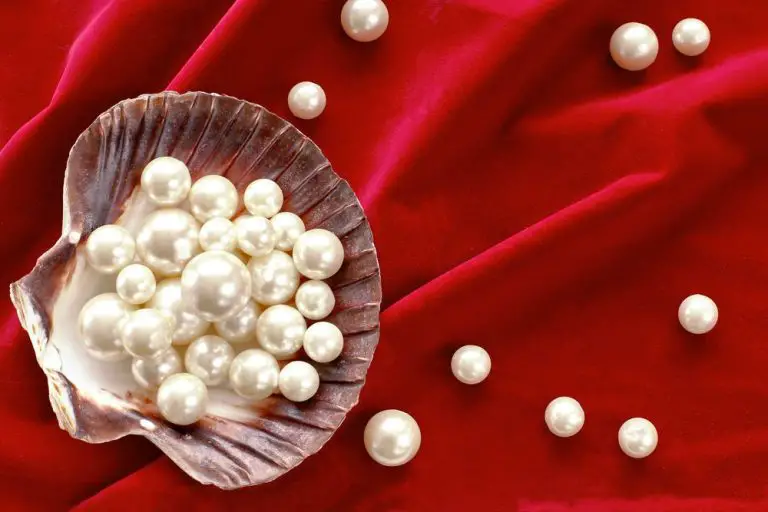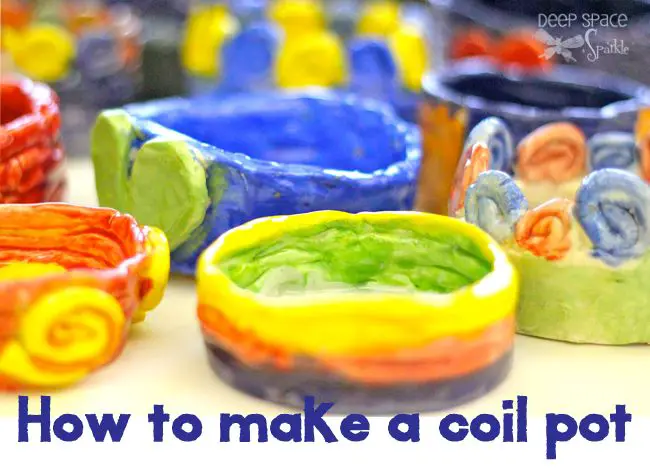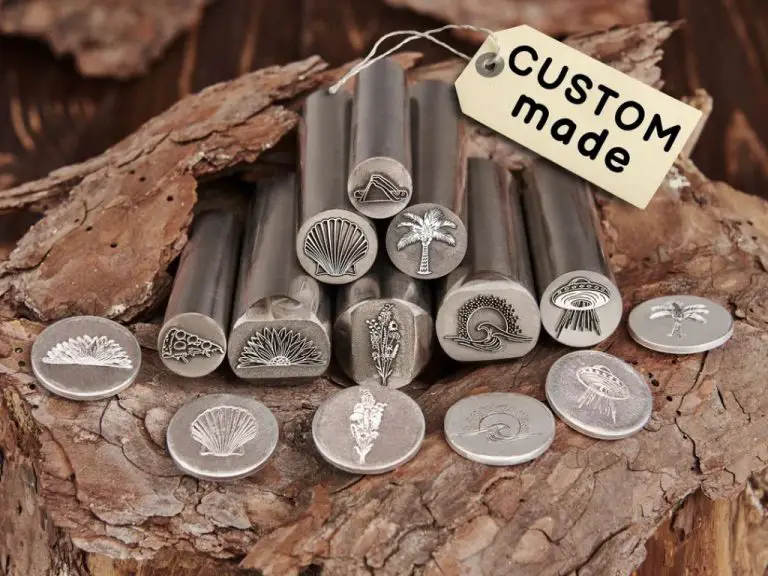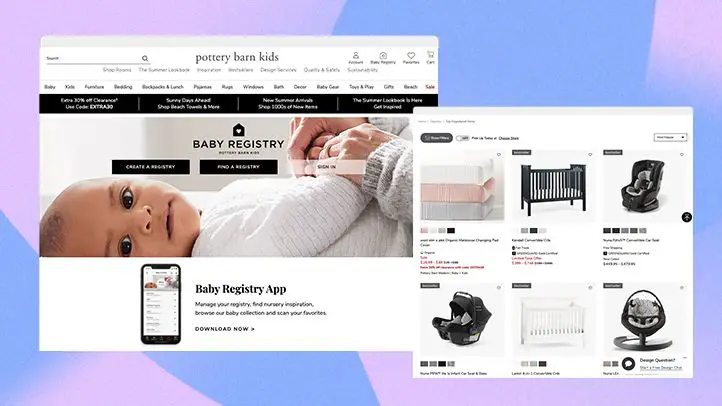Can You Reuse Wiggle Wire?
What is Wiggle Wire?
Wiggle wire, also known as craft wire or jewelry wire, refers to thin, flexible wire that can be bent and shaped for various crafts and jewelry making projects. As defined by Electrical Slang, wiggle wire is “any kind of formed wire used to secure conductors to insulators.” It gets its name from its ability to “wiggle” and bend freely.
Wiggle wire comes in a variety of metals like copper, aluminum, and steel. It also comes in different thicknesses and can have a bare metal or colored coated finish. Common types of wiggle wire include:
- Sculpture wire – Stiff, thick wire used for sculpture shapes
- Floral wire – Thin, pliable wire for floral arrangements
- Craft wire – All-purpose for DIY crafts
- Jewelry wire – Precious metals for jewelry making
Wiggle wire is a popular supply for jewelry designers, florists, sculptors, crafters, and other makers due to its versatile nature. It can be wrapped, woven, bent, and shaped into just about anything.
Can Wiggle Wire be Reused?
Yes, wiggle wire can generally be reused, especially if it is handled carefully during the initial installation and removal. Wiggle wire is designed to be durable and hold its shape through multiple uses. However, there are some tips to follow to help reuse wiggle wire successfully:
Wiggle wire may become bent during the removal process when taking off the plastic film or netting it was holding in place. It is important to straighten out any kinks or bends before reusing the wire. Using pliers or a wire straightener tool can help return the wiggle wire to its original shape.
The wiggle wire should also be cleaned before reusing. Any dirt, debris, or residue left on the wire can make reinstallation more difficult. Wiping down the wire with a damp cloth is usually sufficient to clean it.
It is also a good idea to inspect the wire for any damage or wear before reusing. Look for any breaks, cracks, or corrosion. Severely damaged sections may need to be cut off before the wire can be reused.
With proper initial use and some minor preparation, wiggle wire can usually be reused many times without issue. This helps reduce maintenance costs and minimize waste.
Straightening Bent Wiggle Wire
Wiggle wire can become bent and kinked with use, making it difficult to work with for craft projects or other applications. Thankfully, there are some simple methods to straighten out bent pieces of wiggle wire:
One effective approach is to grip the ends of the wires, keeping them flat and in order. Then pull the wires tight and wiggle them side to side perpendicular to the flat plane. This helps realign the wires and remove bends and kinks (source).
You can also straighten sections of wiggle wire by sandwiching it between two boards, then tapping along the wire with a hammer. The impacts will help knock out any bends. Be sure to tap gently to avoid damaging the wire.
For heavy-duty wire, use pliers or vice grips to pull and stretch out kinked areas. Applying tension along the length of the wire helps remove stubborn bends. Just be careful not to tear the wires.
Lastly, some use a power drill to spin and straighten wiggle wire. Secure one end in the drill chuck, then gently pull the wire taut as the drill spins. This method works best for long sections of wire. Again, take care not to overly stress the wire.
With a few simple tools and techniques, reused wiggle wire can be straightened out for crafts and other handy uses around the home.
Cleaning Wiggle Wire
When reusing wiggle wire, it’s important to thoroughly clean it first. Used wiggle wire may contain dirt, debris, and oxidation that could damage your greenhouse coverings or make it difficult to insert into the lock channel.
According to this YouTube video, start by using steel wool or sandpaper to gently scrub off any dirt or rust. Be careful not to scrub too hard or you may damage the wiggle wire. Once scrubbed, wipe down the wire with a clean rag.
You can also soak the used wiggle wire in white vinegar for 30-60 minutes to help remove oxidation and buildup. Rinse thoroughly afterwards and wipe dry before reusing. The acidity of the vinegar will help dissolve any grime or mineral deposits on the wire.
When cleaning used wiggle wire, take care not to damage the wiggle so it can still properly fit into the lock channel. With some elbow grease, old wiggle wire can be restored to like-new condition and reused in your greenhouse or other projects.
Safety Considerations
When reusing wiggle wire, it’s important to be aware of potential safety hazards. The wire can have sharp edges after being bent and straightened repeatedly, which can cause cuts or scratches if handled improperly. It’s advisable to wear thick gloves when handling used wiggle wire.
The Diy homemade wiggle locking wire in a modified nail gun – YouTube video demonstrates wearing gloves while straightening used wiggle wire using a modified nail gun to avoid injury.
Proper storage of reused wiggle wire is also important. The wire should be coiled neatly and kept in a closed container to avoid sharp exposed ends that could cause injury. Storing in a dry location will prevent rusting.
In summary, reusing wiggle wire safely requires gloves for handling, coiling for neat storage, keeping in a closed container, and storing in a dry location. With proper precautions, reused wiggle wire can be a useful craft supply.
Example Crafts Using Reused Wire
There are many creative ways to reuse wiggle wire for fun craft projects. Here are some ideas:
- Make wire jewelry like bracelets, rings, and necklaces (https://www.pinterest.com/tickledpinktony/wire-upcycle-reuse-recycle-repurpose-diy/)
- Create wire wall art, sculptures, wreaths, and ornaments (https://thegraphicsfairy.com/wire-embellishments-for-paper/)
- Fashion wire into crowns, fairy wings, and Halloween costumes
- Make wire flowers, butterflies, dragonflies, and other nature-inspired decor
- Craft wire animals and critters like birds, frogs, and octopuses
- Weave wire baskets, pots, and vases
- Shape wire into letters and words for wall art
- Bend wire into fun sculptures, mobiles, and abstract art
- Create wire pins, brooches, and embellishments for hats and bags
Sourcing Used Wiggle Wire
When looking to reuse wiggle wire, you may need to source some secondhand wire. Here are some tips for finding used wiggle wire to purchase:
Check online marketplaces like Craigslist, Facebook Marketplace, and eBay for people selling used wiggle wire removed from greenhouses or other structures. Make sure to inspect photos carefully to evaluate the condition.
Contact any local greenhouse growers or garden centers in your area to ask if they have old wiggle wire available. As they occasionally replace or upgrade wiggle wire, they may have surplus they are willing to sell at a discounted price.
Search for wiggle wire salvage companies online that specialize in reselling used materials from greenhouses and other agricultural buildings. These businesses dismantle old structures and often have large quantities of reasonably priced used wiggle wire for sale (Channel Wire Lock (Wiggle Wire Only)).
Stop by construction and demolition sites to ask if any wiggle wire is being removed and discarded. Offering to haul it away for free or a small fee beats it going to the landfill. Examine thoroughly for defects before reusing.
Buying used wiggle wire can provide big savings over purchasing new, allowing more wire to be purchased per project budget. Reusing also gives the materials new life instead of being discarded.
Cost Savings
There are substantial financial benefits to reusing wiggle wire instead of purchasing new wire. According to Channel Wire Lock (Wiggle Wire Only), a 60ft roll of new galvanized wiggle wire costs around $10-15. For large greenhouse or construction projects, this can add up quickly. Reusing old wiggle wire that would otherwise be discarded saves a significant amount of money on materials.
Wiggle wire is very durable and can often be reused multiple times if straightened and cleaned properly. Rather than sending old wiggle wire to the landfill, repurposing it for new projects allows the material to provide value for years to come. Especially for hobbyists, reclaiming used wiggle wire from salvage or scrap sources can provide an inexpensive and sustainable crafting material.
In today’s economy, reusing resources whenever possible just makes smart financial sense. From both environmental and economic perspectives, giving wiggle wire a second life through reuse and upcycling is a prudent choice.
Sustainability
Reusing wiggle wire has environmental benefits compared to purchasing new wire. According to Advancing Alternatives, wiggle wire is commonly made from galvanized steel which requires energy to produce. By reusing old wiggle wire for new projects rather than sending it to the landfill, less new wire needs to be manufactured, resulting in energy savings.
Wiggle wire can often be reused many times before needing to be replaced. LetsFix states their wiggle spring wire is reusable, implying environmental savings from extended product lifetimes. With some basic maintenance like straightening and cleaning, wiggle wire can serve crafters and greenhouse owners for years while avoiding unnecessary waste.
Conclusion
Reusing wiggle wire is a great option for crafters looking to save money and reduce waste. As we’ve discussed, wiggle wire can easily be straightened and cleaned to restore its structure and appearance. Once prepared for reuse, it can be incorporated into a wide variety of fun and creative projects. The key points to remember are:
- Wiggle wire is malleable and can be reshaped when bent.
- Use pliers or your hands to gently straighten out kinks and bends.
- Clean wire with soap and water to remove residue or dirt.
- Wiggle wire can be reused repeatedly if cared for properly.
- Crafts made from reused materials are an eco-friendly choice.
With some simple steps, crafters can give new life to wiggle wire scraps. Reusing these materials saves money while also reducing waste. Wiggle wire crafts made from reused materials are a fun, creative way to repurpose household items.






